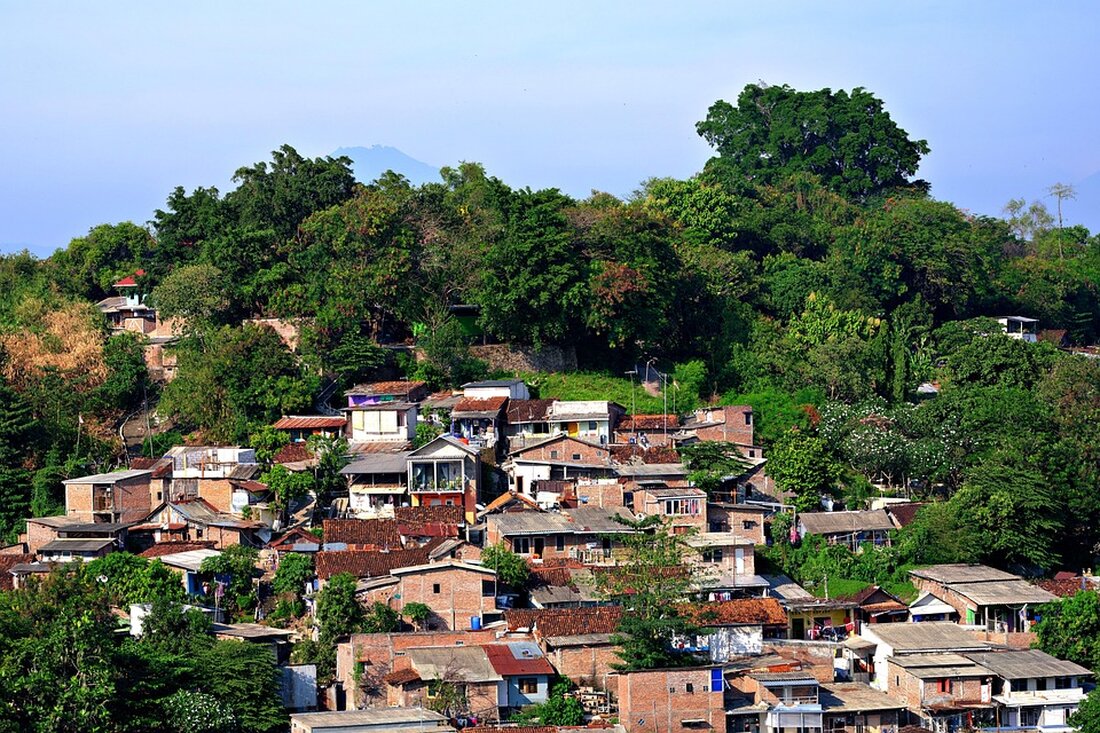Crowded beaches and protests: Vacation in Europe in 2025 will be a nightmare!
Discover troubled European destinations and alternative locations that avoid mass tourism in 2025. Find out more now!

Crowded beaches and protests: Vacation in Europe in 2025 will be a nightmare!
Mass tourism in summer leads to problems in many European countries that have a significant impact on both the quality of life of the locals and the environment. The negative effects are particularly noticeable in the Mediterranean region, where summer is the main travel season for many Germans. Overcrowded old towns, long waiting times and rising housing costs are common complaints from residents in popular holiday regions. Graffiti with inscriptions such as “Tourists, go home” reflects the population's unease Travel reporter reported.
An analysis of the overtourism index by “Evaneos” and “Roland Berger” has shown that 36 of 77 travel destinations examined suffer from extreme congestion between July and September. With the aim of reducing the tourist burden to a tolerable level, various measures are being taken in the affected countries.
Affected travel destinations in Europe
- Kroatien: Hier kommen 70% der Touristen in den Sommermonaten an, wobei der August alleine 30% ausmacht. Maßnahmen wie die Begrenzung von Kreuzfahrtschiffen in Dubrovnik und temporäre Sperrungen von Fußwegen sollen der Überlastung entgegenwirken.
- Montenegro: 57% der Reisenden besuchten Montenegro im Sommer. Beliebte Orte sind Budva, Velika Plaža und die Bucht von Kotor.
- Bulgarien: Ähnlich wie in Kroatien und Montenegro reisen 57% der Urlauber in den Sommermonaten, besonders vor der Schwarzmeerküste.
- Griechenland: Hier kommen 56% der Ankünfte im Sommer, und 22% erscheinen im August. Die Probleme sind gravierend, von Überfüllung und Müll bis hin zu Ressourcenknappheit. Die Regierung setzt auf neue Tourismuskonzepte und Beschränkungen für Kreuzfahrtschiffe, um die Situation zu verbessern.
- Italien: 47% der internationalen Touristen besuchen Italien in den Sommermonaten. Orte wie Venedig, Rom und die Amalfiküste sind stark betroffen. Venedig erhebt seit April 2024 eine Gebühr von 5 Euro für Tagesbesucher, um die Besucherströme zu regulieren.
- Frankreich: In Frankreich reisen 46% der Urlauber zwischen Juli und September. Die Behörden setzen System zur Besuchsquote in den Calanques und Ankerverbote für große Yachten in Küstennähe um.
Protests and measures
The increase in tourism has also led to protests in many regions. In Tenerife, locals express their dissatisfaction with the rising rents caused by mass tourism and the environmental impact it causes. In Barcelona, the city administration plans to eliminate all holiday apartments by 2029 in order to secure housing for locals. In Greece, citizens are fighting against illegal beach privatizations and for free access to beaches. The Greek government has already invested two billion euros in climate protection and sustainable tourism to meet the challenges.
Dubrovnik in Croatia is also taking measures to counteract mass tourism. The number of cruise ships docking here will be limited and holiday apartments in apartment buildings will be banned. In Copenhagen, on the other hand, initiatives such as “GreenKayak” are promoted to reward environmentally friendly behavior, which can be seen as a model for sustainable tourism, such as ZDF reported.
There are alternative destinations for travelers who want to avoid the crowded hotspots. Finland with its untouched nature, the Greek mainland with traditional villages, the Baltic Sea cities such as Riga and Tallinn and Madagascar, where authentic culture is the focus, offer quiet alternatives to the overcrowded holiday destinations.

 Suche
Suche
 Mein Konto
Mein Konto